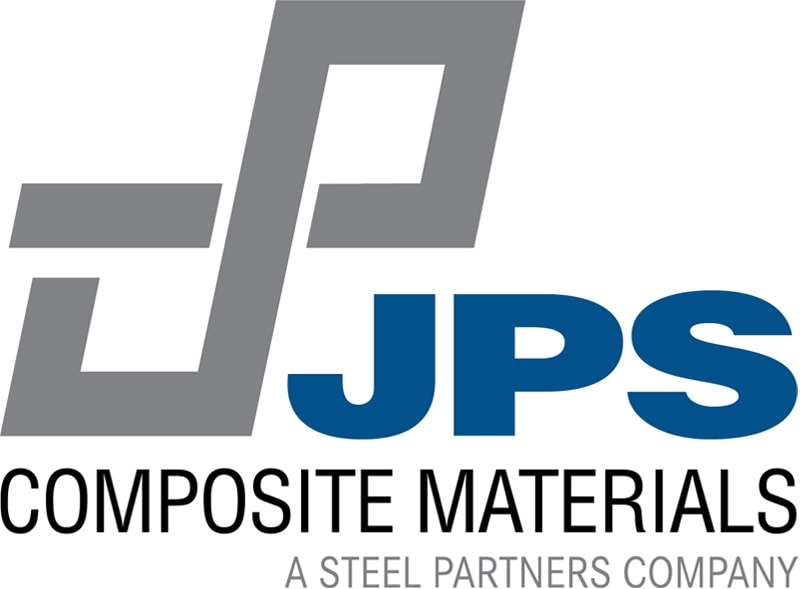Developed over many years, fabric is an engineered substrate used throughout a variety of applications ranging from aerospace, consumer, military and industrial applications. Fabrics are designed and constructed to meet the requirements of different applications; however, all fabrics fall into one of two categories: woven or non-woven.
Woven Fabrics
Woven fabrics are the most traditional fabrics constructed by weaving yarns together typically at 90° angles. The vertical fibers are called “warp” threads, while “weft” threads weave through the warp threads along the horizontal width of the textile. Woven fabrics can be created from a wide variety of materials and are most commonly used in clothing and various industrial applications.
Advantages of Woven Fiber
Woven materials are usually the most cost-effective textile for a variety of applications. These fabrics can be finished or treated with substances to give them attributes like waterproofing and breathability. They are also readily available and easy to source from a robust and wide-ranging supply chain. Woven fiber comes in a variety of weave types, and custom constructions can be easily engineered to suit various needs. Additionally, woven fabrics provide a wide range of high-performing physical characteristics.
Some industrial applications for woven fabrics include, but are not limited to:
- Composite material components (for example, aircraft internal / external reinforcement)
- Filtration membranes and materials for chemical processing applications
- Automotive applications (for example, insulation or sound absorption)
- Oxidized fuel cell components
- PPE and uniforms for military personnel, divers, firefighters, law enforcement, etc.
- Strong safety harnesses and seat belts for recreational, automotive, and aerospace applications
- Upholstery materials for furniture
- Medical fabrics
- Consumer fabrics
Non-Woven Fabrics
Non-woven fabrics are textiles that have been created through a process of bonding fibers together, either by some kind of chemical adhesion, mechanical or heat treatment, or a combination of those. There is no weaving or manual construction involved. Although woven fabrics are usually stronger because of how they are constructed, non-woven fabric can be strengthened by bonding multiple layers or adding support backing.
Advantages of Non-Woven Fiber
Non-woven fabrics are often more cost-effective and can be manufactured more quickly. The many advantages of non-woven fibers include resiliency, enhanced absorbency, improved washability, and bacterial protection. Non-woven fabrics can also be tailored to enhance certain features such as liquid repellency, impact resistance, flame retardancy, electrical insulation, and thermal insulation. Additionally, these soft and flexible fabrics offer improved filtering and sterility.
The versatility of non-woven fabrics makes them suitable for a wide array of industrial applications, including:
- Aerospace applications (such as exterior tiles on spacecraft)
- Acoustic insulation
- Thermal insulation
- Fire retardant mattresses and other fire-retardant materials
- High-temperature industrial filters
- Puncture and cut-resistant materials
- Synthetic and composite materials for industrial use
- Welding protection
- Wall coverings
- Trunk liners and vehicle seats
JPS Composite Materials Industrial Fabric
Although woven and non-woven materials have several key differences, they are both suitable for a wide variety of industrial uses. At JPS Composite Materials, we are an industry leader in manufacturing high-durability quartz, fiberglass, para-aramid, and specialty woven composite reinforcement fabrics. Our top-quality products serve a diverse range of applications, from satellites to surfboards. For more information, or for help determining the right fabric for your needs, contact us today.
